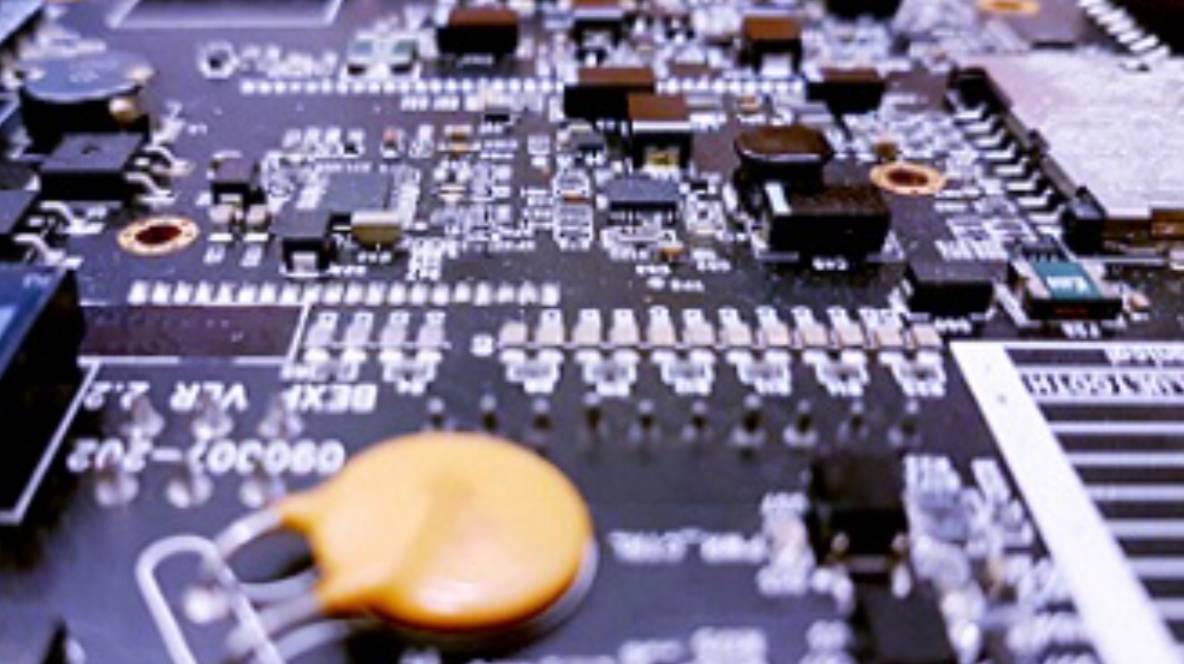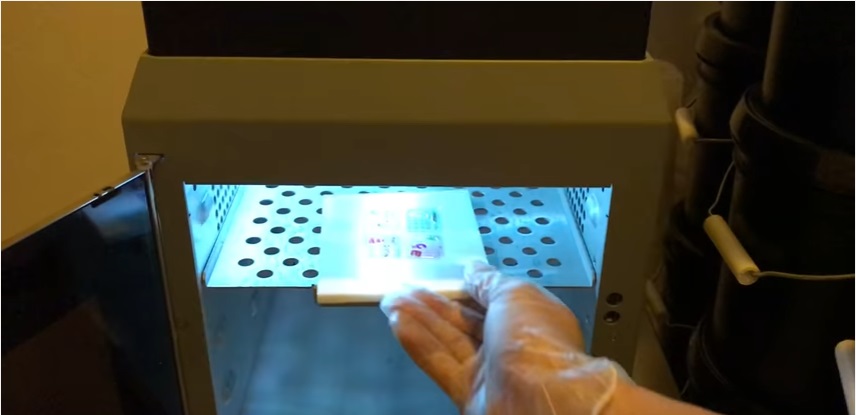Unsticking the Mystery: Peelable Silicone Masks and Their Applications
In the realm of manufacturing and electronics assembly, precision and protection are paramount. Peelable silicone masks, also known as peelable silicone rubber masks, emerge as unsung heroes, providing a temporary yet crucial layer of protection for delicate components. Let’s explore the advantages, diverse applications, and key factors to consider when choosing the right peelable silicone mask for your needs.
Advantages of Peelable Silicone Masks:
- Temporary Protection: Peelable silicone masks offer a temporary layer of protection during various processes like soldering, painting, or coating. This allows for precise application of materials while safeguarding sensitive areas.
- Clean and Easy Removal: Once the desired process is complete, the peelable mask can be easily removed by hand, leaving behind a clean and residue-free surface. This eliminates the need for harsh cleaning solvents that could damage components.
- Conformability: The flexibility of silicone allows the mask to conform to even intricate surface shapes, ensuring complete and effective protection for complex components.
- High-Temperature Resistance: Many peelable silicone masks can withstand high temperatures, making them suitable for soldering and other heat-intensive processes.
- Chemical Resistance: Certain peelable silicone masks offer resistance to various chemicals, protecting components during processes involving solvents or coatings.
Applications of Peelable Silicone Masks:
- Printed Circuit Board (PCB) Soldering: This is a primary application. Peelable silicone masks protect specific areas of a PCB during soldering, preventing unwanted solder flow and potential damage to delicate components.
- Conformal Coating Applications: Similar to soldering, peelable masks can shield specific areas of a PCB before applying conformal coatings, ensuring precise application and protecting sensitive components.
- Surface Finishing: During processes like painting or electroplating, peelable silicone masks can safeguard unwanted areas, achieving clean and defined finishes.
- Component Protection During Assembly: In delicate assembly processes, peelable masks can offer temporary protection for specific components, preventing scratches or damage during handling.
- Optical Component Masking: For applications involving lenses or other optical components, peelable masks with high optical clarity can be used for temporary protection during cleaning or assembly.
Choosing the Right Peelable Silicone Mask:
Selecting the most suitable peelable silicone mask requires considering several factors:
- Temperature Resistance: Choose a mask with a temperature rating exceeding the process temperature (soldering, coating) it will be subjected to.
- Chemical Compatibility: If your process involves exposure to specific chemicals, ensure the mask offers the necessary chemical resistance.
- Cure Time (if applicable): Some peelable masks require a short curing time after application. Factor this into your workflow.
- Ease of Removal: Consider the peel strength – a balance between easy removal and secure adhesion during the process.
- Mask Thickness: Choose a thickness that offers sufficient protection without compromising flexibility or conformability.
Additional Considerations:
- Surface Preparation: For optimal adhesion, ensure the surface is clean, dry, and free of contaminants before applying the mask.
- Shelf Life: Be mindful of the mask’s shelf life and storage recommendations to maintain its effectiveness.
Conclusion:
Peelable silicone masks offer a valuable solution for temporary protection in various manufacturing and assembly processes. By understanding their advantages, diverse applications, and key selection criteria, you can choose the right mask to ensure precision, efficiency, and protection for your delicate components.
Incure Pyra-Sil Series Core Products
Incure Pyra-Sil 894: 1-Part, Fast Cure Peelable Coating (Protects During Sandblasting/Machining) – Flexible, UV/Moisture/Temp Resist (Metals/Plastics/Wood)
Incure Pyra-Sil 899: 1-Part Peelable Coating (Fast Cure, Clean Removal) – Protects Against Moisture/UV/High Temps (Metals/Plastics/Wood)
Package Size: 1 Oz. Tube, 3 Oz. Tube, 300ml Cartridge, 40lb. Pail
Searching for peelable coatings? Our wide selection offers the perfect solution for your needs. Shop now or visit www.incurelab.com for more products available.


